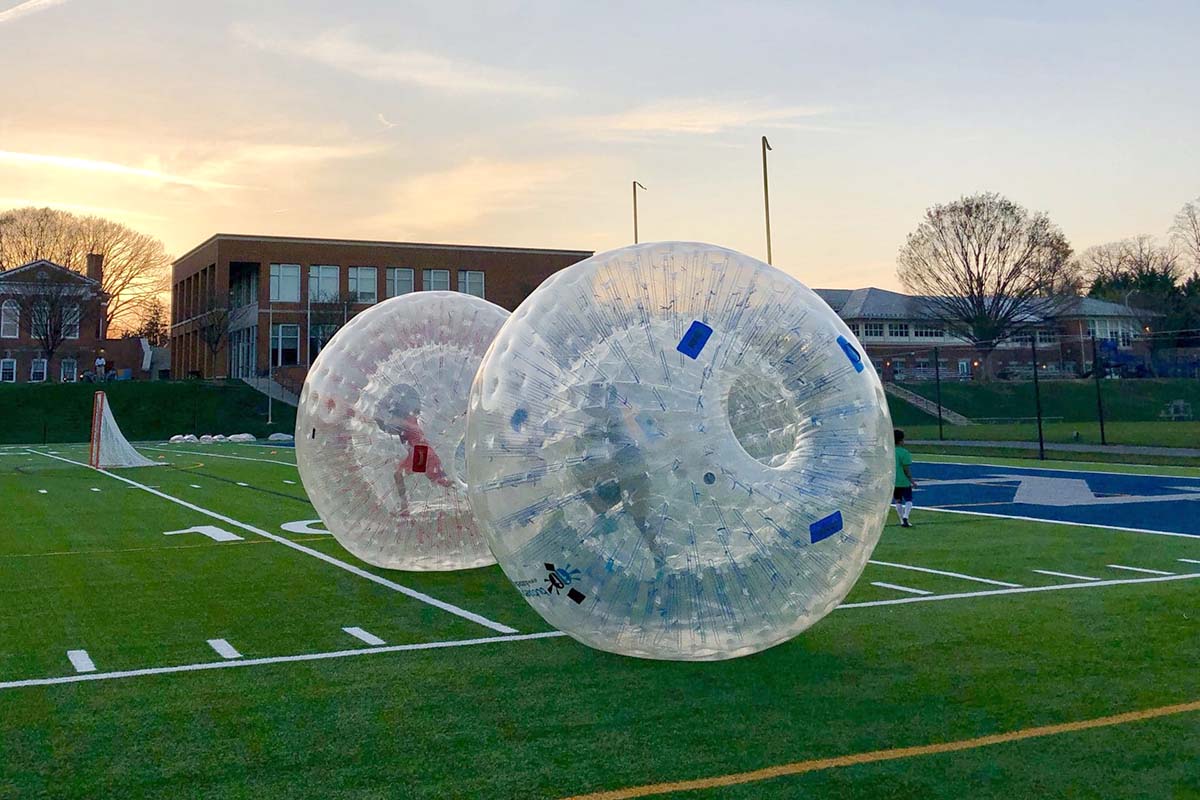Eyeglasses or Contact Lenses: Compare Their Benefits and Drawbacks
Rapid advancements in technology have made it easy for people with vision problems to select from various vision aid options. You can decide from the most commonly used options: prescription sunglasses, eyeglasses, or contact lenses. Each of them has its benefits and drawbacks. It depends upon your preferences which one you would like to go for.
When you need to select either of them or use them alternatively, you should keep in mind many factors because it involves your eye’s health. Contact lenses offer easy replacements for glasses, but some prefer wearing eyeglasses over contact lenses because they find this option cheaper, more hygienic, and sometimes even stylish. Many brands nowadays, such as Rayban, Zenni Optical, and Overnight Glasses, have many eyeglasses to match everyone’s taste and style. They offer high-quality frames for men’s glasses, women’s, and children’s that are both fashionable and affordable at the same time.
However, it’s not always wise to go after fashion trends and comfort. That’s why your eye doctor will have a thorough examination of your eye and will advise whatever is more beneficial depending upon your eye’s condition. Before we start talking about each of the pros and cons, let’s first discuss the differences between both of them.
Differences Between Eyeglasses and Contact Lenses
Both eyeglasses and contact lenses are available in different types and styles. Doctors prescribe them according to the condition and requirement of your eye.
Types of eyeglasses
Following types of eyeglasses are usually prescribed by the doctor:
- Bifocals: These are designed with two different functions. The upper half offers vision correction for distant objects, while the lower half corrects vision for near objects.
- Trifocals: This type of eyeglasses offers three types of visual aid. The upper area is designed for distant objects. Lower for close objects and middle for middle vision.
- Progressive: These glasses have a smooth transition between their vision areas. They can be bifocals or trifocals without a dividing line.
Types of contact lenses
Like eyeglasses, you can find different contact lenses, but the division is based on different criteria.
Daily Wear Lenses: These lenses are designed to be worn during day time. At night you need to take them off and clean them for the next day’s use. They usually last for 6 months to a year. Daily disposable lenses: Disposable lenses are for one-time use. Extended wear lenses: These lenses can be worn while you sleep. It is advised to take them off at least once a week for cleaning. Along with the differences in their types, eyeglasses and contact lenses have the following differences.
Eyeglasses and contact lenses are worn in different ways
Eyeglass lenses are placed in a frame that we wear at a distance from the natural eye, while contact lenses are worn just over the eye. Therefore, eyeglasses can cause vision distortion whereas, contact lenses provide more natural vision aid. Doctors mostly recommend contact lenses for high-powered correction.
Eyeglasses can cause a peripheral vision problem
Using contact lenses while playing sports or driving is more commonly prescribed because it gives more focused vision. On the contrary, the use of eyeglasses may result in peripheral vision distortion.
Eye exam for both of them is different
One important thing to know is that getting your eyes checked for contact lenses may differ from an eye exam for eyeglasses. This is because eyeglasses are usually worn 12mm away from your eye. In comparison, contacts rest just on your eyeball. Your doctor may have to check your eye’s sensitivity for wearing the contact lenses.
Prescription for eyeglasses and contact lenses are different
When it comes to your prescription number, it also differs in both, and the reason is again the same. As your eyeglass lens stays away from your eye, you may need a stronger prescription for your eyeglass, while contact lenses will have a lower number of prescriptions for the same eye because it rests close to the natural eye lens.
Some other minor differences
- The frame and ledges of the eyeglass keep you conscious. You can also feel the reflection of light. This is not the case with contact lenses.
- You can have a lot of options in eyeglasses, but contact lenses have limited options.
- There is a lot of difference in the budget required for eyeglasses and contact lenses.
Pros and Cons of Eyeglasses
Pros
- Eyeglass wearing is more economical.
- Using eyeglasses is comparatively easy.
- Eyeglasses don’t need much care.
- You can find a wide variety of styles, shapes, and designs of eyeglass frames.
- Eyeglasses are a safer option as you don’t have to touch your eyes.
Cons
- Eyeglasses can cause distorted vision, especially at the corner of the lens.
- They may put some pressure on the eyes and nose bridge if you are new to wear them.
- Some people don’t like how eyeglasses change their look.
- People may feel difficulty adjusting with eyeglasses.
- The lens of your eyeglass can fog up.
- Eyeglasses are not a good option for playing sports.
Contact Lenses Pros and Cons
Pros
- Contact lenses provide a more natural vision.
- They are a perfect choice for sports lovers.
- They do not fog up.
- They follow your eye’s movement. Hence, you get a more focused vision.
- You do not have to carry them on your nose bridge.
Cons
- Contact lenses need a lot of care, and handling them is difficult.
- Poor hygienic care may lead to serious eye infections.
- Contact lenses are expensive.
- Some people may find them irritating.




















